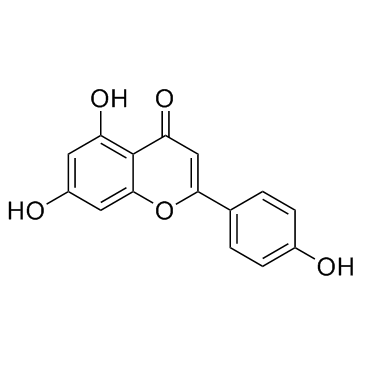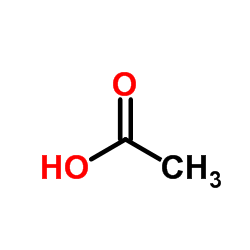| Structure | Name/CAS No. | Articles |
|---|---|---|
 |
Sulfuric acid
CAS:7664-93-9 |
|
 |
Acetone
CAS:67-64-1 |
|
 |
Chloroform
CAS:67-66-3 |
|
 |
Ethanol
CAS:64-17-5 |
|
 |
N-hexane
CAS:110-54-3 |
|
 |
Methanol
CAS:67-56-1 |
|
 |
DPPH
CAS:1898-66-4 |
|
 |
ethyl acetate
CAS:141-78-6 |
|
 |
Apigenin
CAS:520-36-5 |
|
 |
acetic acid
CAS:64-19-7 |